The Great Apes of Africa
Great Apes of Africa: Meeting the great apes of Africa in the natural surroundings in which they live is one of the most incredible experiences that one may have had in their lifetime. Find out more about the continent of Africa’s great apes, including where you may find them and the most effective techniques to observe them in their natural environment.
Highlights of Great Ape Safaris in Africa
The best safaris frequently involve going beyond the features that are immediately seen. The amazing experiences that will make your heart sing are what all the excitement is about. These are the kinds of interactions that no one could ever hope to anticipate, but they are what make your safari really one of a kind.
Great apes of Africa are only found in the thick woods of West and Central Africa, where they spend their whole lives. Although they are found in a wide range of locations, the deep forest habitat can render them nearly undetectable in all but a few unique locations. As a consequence of this, the regions in which great apes of Africa have been researched and habituated tend to be the finest sites to observe them. This serves as an excellent illustration of how tourism and research may work together to foster a more harmonious relationship.
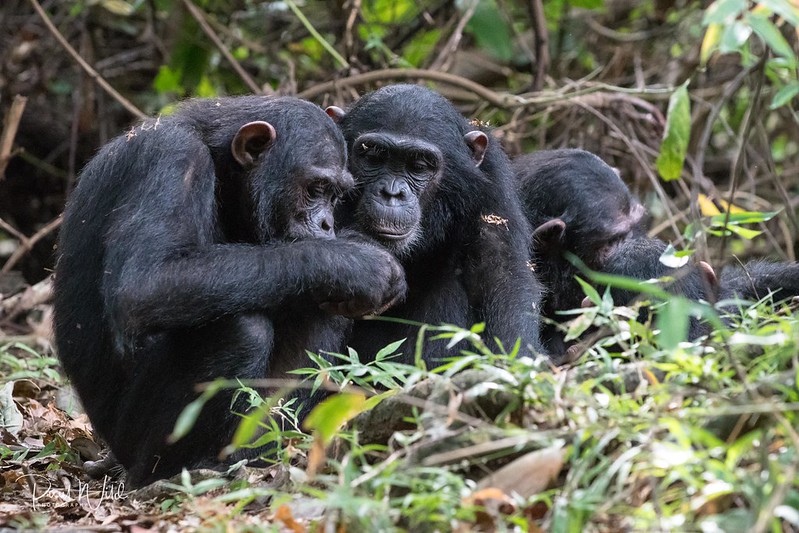
It is unfortunate that many of the African great apes have a preference for living in some of the most unstable countries on the planet, as their preferred environment is dense forest with a lot of trees. This indicates that there is a significant gap between the areas in which African apes are found and the locations in which tourists can reasonably expect to have a possibility of having a meaningful and secure interaction with them.
The best time to go on a great ape of Africa safari
When compared to other types of safaris, an African great ape expedition has the potential to be successful throughout the entire year. Even at the period of time when it is raining, mountain and western lowland gorillas are not difficult to locate. So, as long as you can withstand the elements, you can observe them in their native habitat.
Both the winter months, which span from June to September, and the winter months, which span from December to February, are the dry seasons in the three principal gorilla and chimpanzee trekking zones of Africa. These dry seasons are the same. In addition to making it much simpler to walk across the area, certain times of the year are also believed to be safer for tourists, particularly in terms of the risk of contracting malaria. Nonetheless, the Congo has been rainy for much of the year.
Where to see the great Apes of Africa
The Virunga Mountains, which are located on the borders of the Democratic Republic of the Congo, Rwanda, and Uganda, are classified as volcanic and frequently covered in mist. It is one of the most biologically diverse places in Africa, with many endemic species, and it is comprised of open grasslands, peat bogs, marshy deltas, and high-elevation forests.
Mgahinga National Park in Uganda, Volcanoes National Park in Rwanda, and Virunga National Park in the Democratic Republic of the Congo are the three national parks that are located in close proximity to the six dormant volcanoes. These parks safeguard the forest habitat of the mountain gorillas, which are home to more than half of the world’s 700 mountain gorillas.
However, the habitat of mountain gorillas is not at all secure, notably in the Democratic Republic of the Congo. Currently, the protected forests are like islands in the midst of a sea of agricultural land and pastures for livestock.
Since the beginning of the 1990s, when civil conflict and ethnic struggle broke out in the Democratic Republic of the Congo (DRC), poachers, refugees, troops, and rebels have wreaked havoc on Virunga National Park. The invasion has continued even though there has been relative stability in recent years: in 2004, encroaching farmers and pastoralists converted 15 km squared of the park into farming and grazing areas in a span of less than a month alone.
Conflicts and civil turmoil have made the protection and management of wildlife highly challenging, and they have also made it frequently dangerous. Rebels have slain several rangers in Virunga National Park, which they use as a shelter.
Conservationists have persisted in their efforts to rescue the mountain gorilla and the environment in which it lives, despite the dangers that they face. WWF and ICCN have collaborated since 1987 to promote conservation activities such as environmental awareness, education, sustainable livelihoods, reforestation, and equipping and compensating Virunga park workers. In 2002, WWF increased financing for anti-poaching patrols in Volcanoes National Park, resulting in poacher arrests and a complete termination of poaching.
The International Gorilla Conservation Programme (IGCP), established in 1991 by the African Wildlife Foundation, Flora and Fauna International, and WWF, works on multiple fronts. A ranger-based monitoring system has been built to regularly gather and analyse data on gorillas and their habitat. This information is shared with park authorities in DRC, Rwanda, and Uganda, guiding management and conservation efforts to address threats to mountain gorillas.
IGCP aims to enhance relationships with local communities and promote sustainable tourism around mountain gorillas.
A recent survey indicated that the number of mountain gorillas in the Virunga Mountains has increased by 17% over the past 14 years, reaching 380. This finding lends credence to the claim that these conservation measures have been successful.
The IGCP and WWF work in Uganda’s Bwindi Impenetrable National Park, where mountain gorillas have no other natural habitat.
The two locations, the Albertine Rift Mountain Forests Ecoregion and the Ruwenzori-Virunga Mountain Moorlands region of the East African Moorlands Ecoregion, are two of the World Wildlife Fund’s Global 200 Ecoregions. These ecoregions are biologically exceptional environments where the WWF focuses its efforts. The Virunga Mountains are a part of both of these ecoregions.
Great Apes of Africa packages
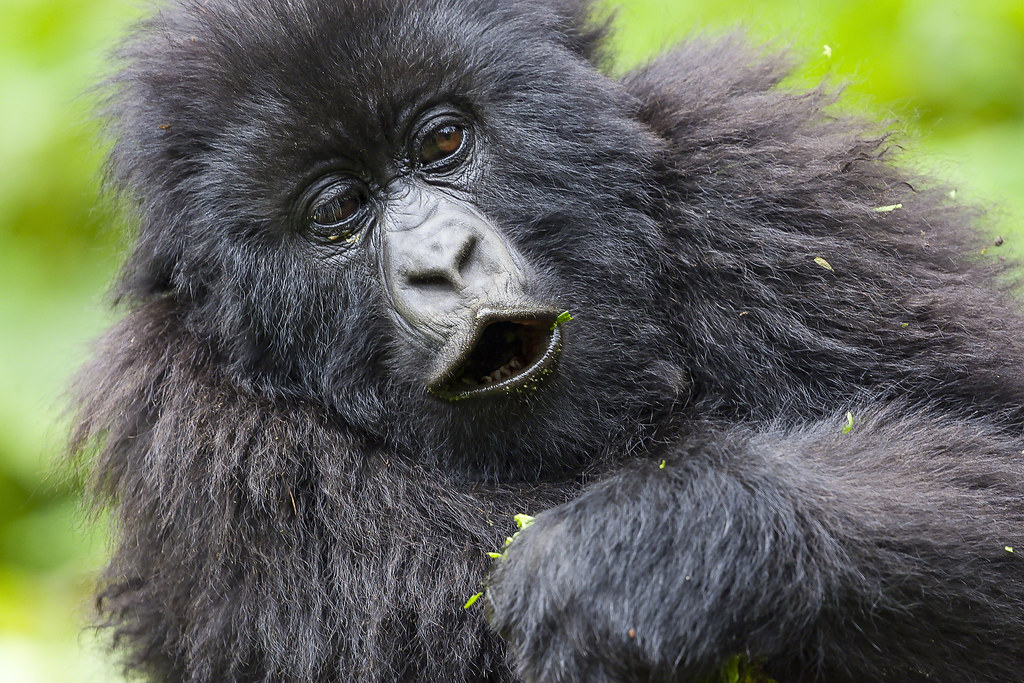
This 3 Days Budget Rwanda Wildlife Tour gives you remarkable Wildlife Safaris in Akagera National Park, Rwanda.
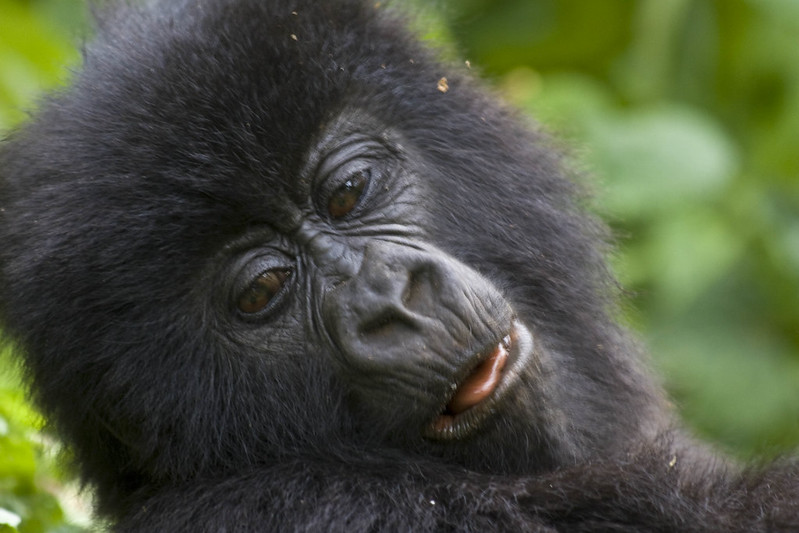
This 4 Days Budget Gorilla Trek & Dian Fossey gives you amazing Gorilla Trekking & Dian Fossey Hike in Rwanda.
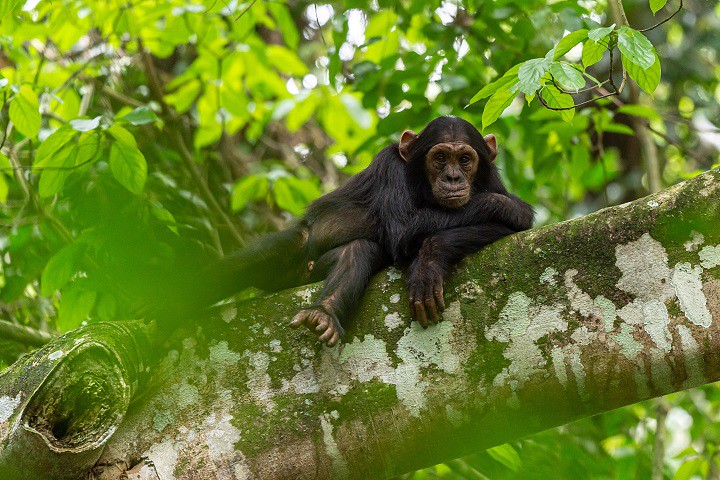
The 6 Days Budget Chimpanzee and Gorilla Tour takes you Gorilla Trekking on Volcanoes and Chimpanzee Tracking.
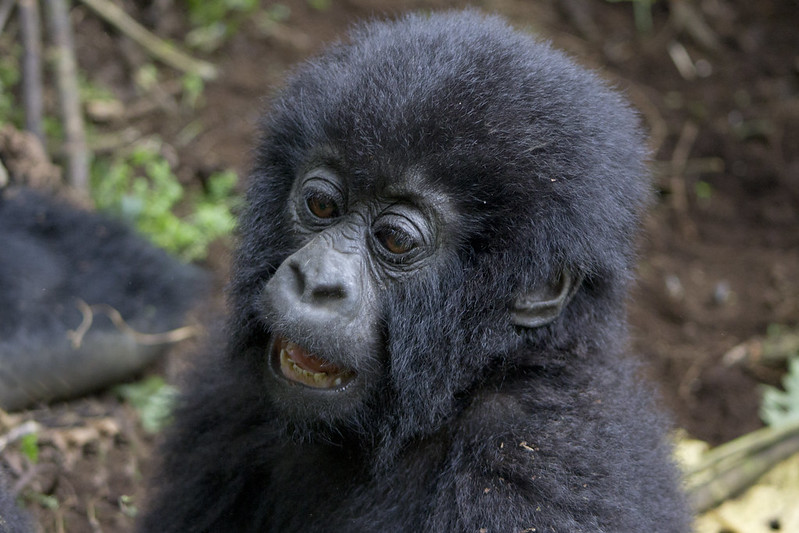
The 7 Days Budget Rwanda Mega Safari gives you a ultimate safari in Rwanda as you watch Gorillas, Wildlife & Chimpanzee.
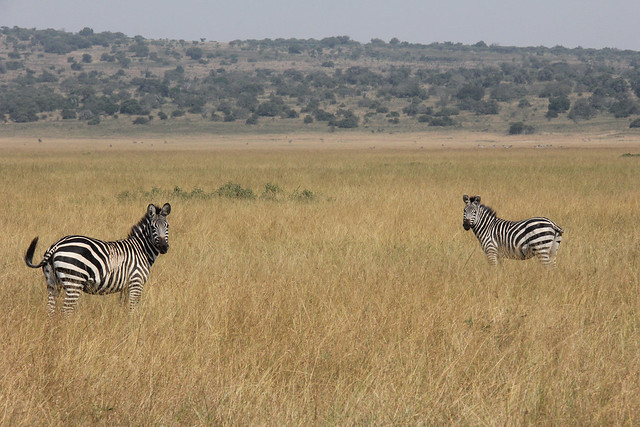
The 9 Days Budget Rwanda Ultimate Safari gives you encounters with Gorillas, Chimpanzees and Wildlife
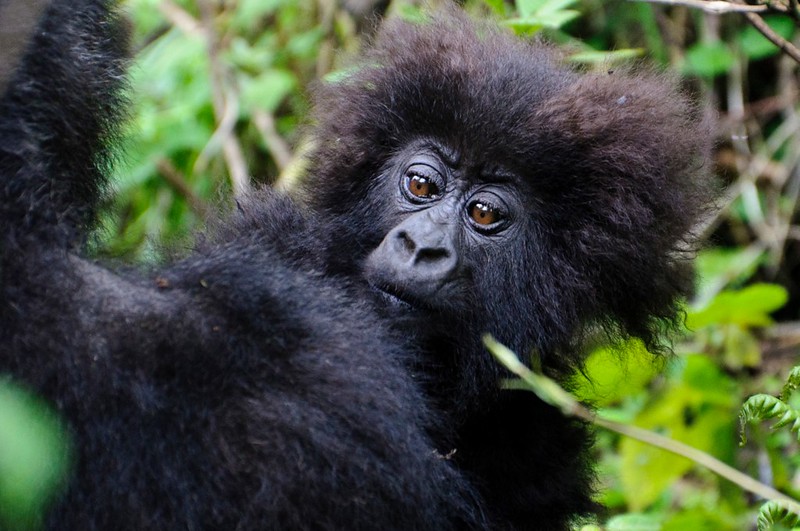
The 10 Days Budget Wildlife, Chimpanzee & Gorilla Tour takes you Wildlife, Chimpanzee & Gorilla Trek in Rwanda.
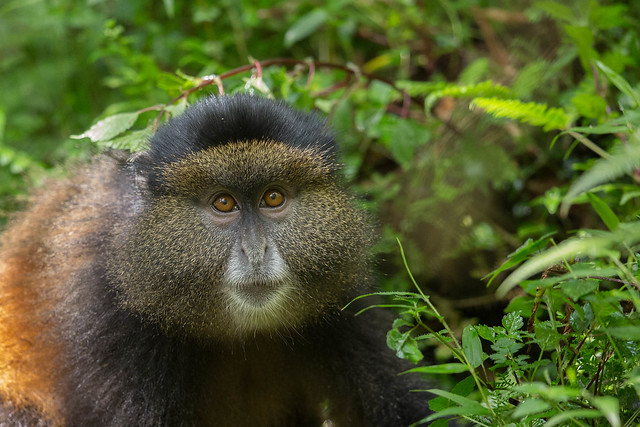
10 Days Budget Golden Monkeys, Dian Fossey and Chimpanzee Tour takes you Golden Monkey
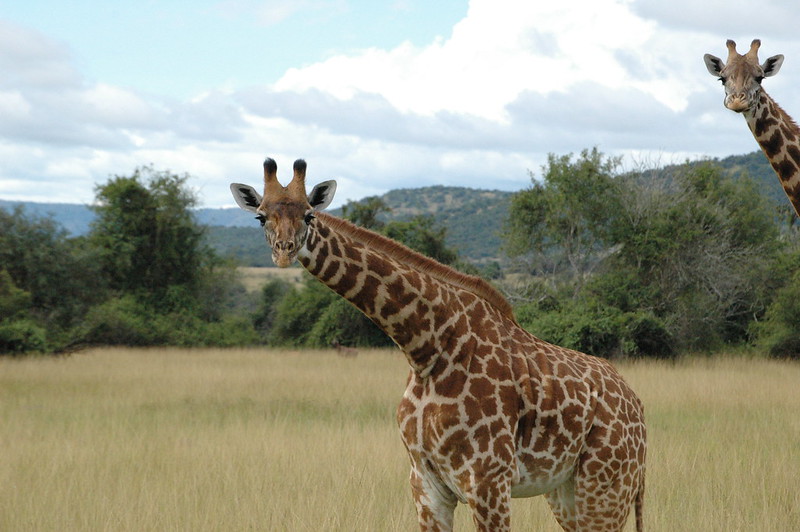
10 Days Budget Gorillas & Chimpanzee Tour takes you Gorilla Trek twice and Chimpanzee Tracking


 Hi, how can I help?
Hi, how can I help?